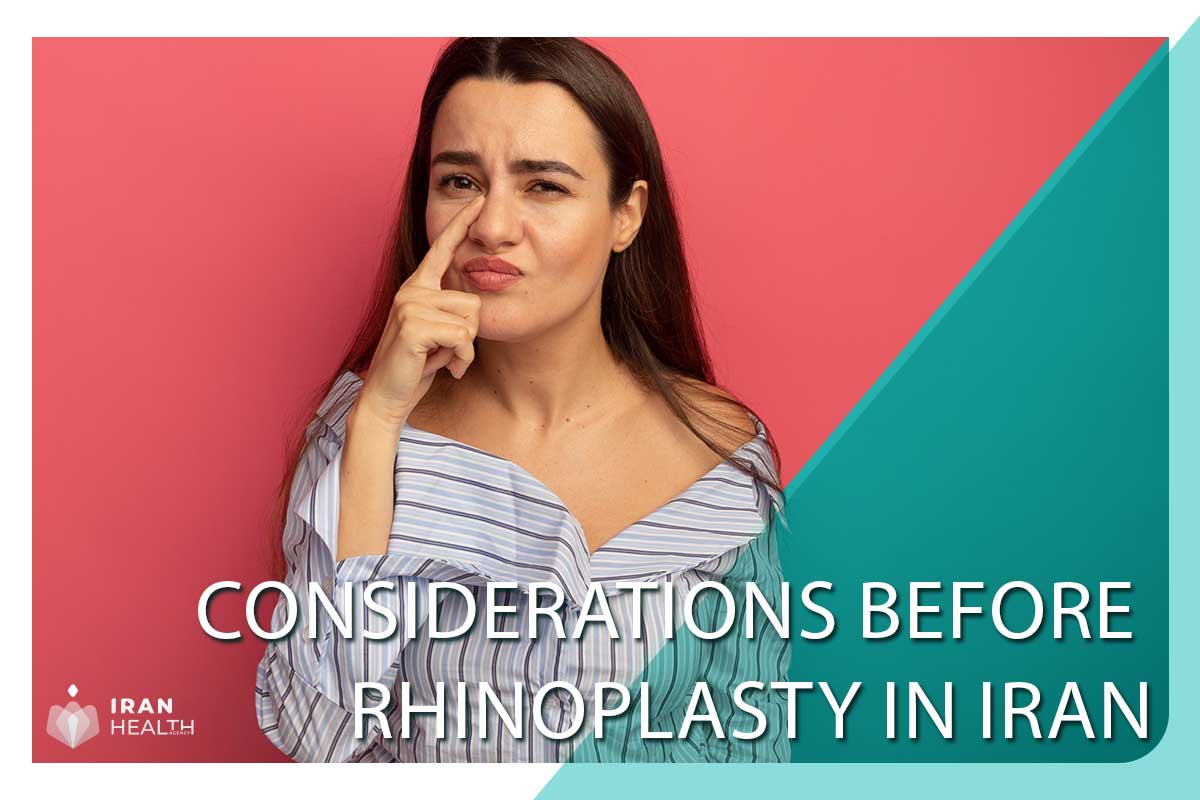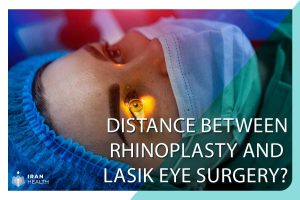rhinoplasty in Iran is one of the most common plastic surgeries in the world. There are some factors that must be taken into account before rhinoplasty in Iran.
brief overview information before getting rhinoplasty
Here are a few things it can be helpful to know before getting rhinoplasty surgery:
- Recovery time can be up to 1 year. Your nose will be swollen and you may have some bruising for the first couple weeks after surgery. It can take 6 months to a year for the swelling to fully go down and see your final results. Be patient.
- It may take time to get used to your new nose. Even if you are happy with the results, it can feel strange at first since you are so used to your old nose. Give yourself time to adjust.
- Your nose will be numb. Due to the cutting of nerves during surgery, you may have numbness in parts of your nose that can last several months. This is normal.
- You may need more than one surgery to get the results you want. It’s not uncommon to need a revision rhinoplasty if the first surgery didn’t give the exact results you wanted. Discuss potential revision rates with your surgeon.
- Recovery is uncomfortable. Your nose will be congested and you’ll have splints inside your nostrils for around a week. This is not the most comfortable feeling. Be prepared for discomfort.
- Avoid strenuous activity for at least 3-4 weeks. Follow all of your surgeon’s post-op instructions carefully to ensure proper healing.
- Be specific about the changes you want. Discuss in-depth with your surgeon what you would like to improve and show photos if needed. The more precise you are, the better your results will match expectations.
- Understand the risks. Like any surgery, rhinoplasty does come with risks like infection, poor wound healing, nosebleeds, and more. Discuss risks fully with your doctor.
Talk to the surgeon about rhinoplasty in Iran
An initial consultation with a physician is an integral part of any plastic surgery in Iran. To ensure that your procedure goes well, you should make the most of this opportunity.
In addition to being straightforward about your medical history, the medications you are taking, and the counter-indications you are aware of, ask your doctor the following questions about rhinoplasty in Iran:
1. How many years of experience do you have in a nose job in Iran?
2. How many nose job in Iran surgeries have you performed?
3. Am I a good candidate for rhinoplasty in Iran?
4. Where will you do this surgery?
5. How will the nose surgery be performed?
6. What surgical procedure do you recommend for my case?
7. How long does recovery take?
8. What happens if complications occur?
9. What options do I have if I am not satisfied with the results of this plastic surgery in Iran?
10. Can I look at before and after photos of your patients?
11. Can I watch a video of a rhinoplasty you have performed?
12. What type of anesthesia will I be under?
Feel free to ask all of the questions you have regarding the surgery. A nose job in Iran can be a life-changing procedure (in a good way) so there is no problem in being fully prepared.
things to buy before rhinoplasty
- Cold compresses – Gel ice packs or bags of frozen peas to reduce swelling and bruising.
- Saline nasal spray – Prescribed by your surgeon to keep nasal passages moisturized post-surgery.
- Humidifier – For moisture and breathing comfort while recovering.
- Arnica cream or gel – Some patients find arnica helps minimize bruising. Apply lightly after surgery.
- Extra pillows – To elevate your head and keep you comfortable while sleeping.
- Loose, comfortable clothing – Button-down shirts, soft pants, slip-on shoes. Avoid clothing that must be pulled over your head.
- Thermometer – To monitor for any post-operative fever.
- Petroleum jelly – To gently apply on nostrils and any crusting.
- Stool softener – Pain meds can cause constipation, so a gentle laxative can help.
- Dry mouth spray or mints – Anesthesia can cause dry mouth so have moisture relievers on hand.
- Large reusable cup with straw – As you won’t be able to flex your nose after surgery. Easy to drink from.
- Baby shampoo – Gentle cleanser that won’t irritate if you get incisions wet.
- Extra strength Tylenol – For when you’re ready to wean off prescription pain medication.
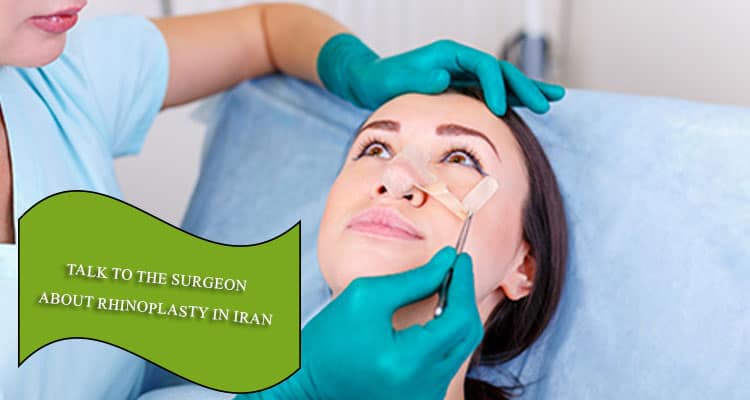
what not to do before rhinoplasty?
- Don’t take aspirin, ibuprofen, or other blood thinners. These increase bleeding risk during surgery. Follow your surgeon’s guidelines on stopping medications.
- Avoid smoking. Smoking slows healing and increases the risk of infection. Quit smoking at least 6 weeks beforehand.
- Don’t drink alcohol excessively. Heavy alcohol use can increase bleeding and other surgical complications. Moderate your drinking.
- Don’t take certain supplements or herbal remedies. Things like fish oil, garlic, ginkgo, and green tea can also increase bleeding risk. Check with your doctor.
- Don’t gain or lose significant weight. Major weight fluctuations before surgery can impact results and healing. Try to maintain a stable weight.
- Don’t get sunburned. Sun damage makes the skin more fragile and prone to complications. Wear sunscreen diligently.
- Don’t get any type of facial treatment. Things like chemical peels, microdermabrasion, and facial waxing can irritate the skin right before surgery. Avoid them 1-2 weeks beforehand.
- Don’t over-exercise. High-intensity workouts can increase swelling and bleeding risk. Take it easy, especially in the week before.
- Don’t forget the medication instructions. Carefully follow any instructions from your surgeon on stopping or continuing daily medications before surgery.
Avoiding these things 1-2 months before your rhinoplasty will help reduce risks and support optimal surgical outcomes. Be sure to discuss all medications and supplements with your doctor.
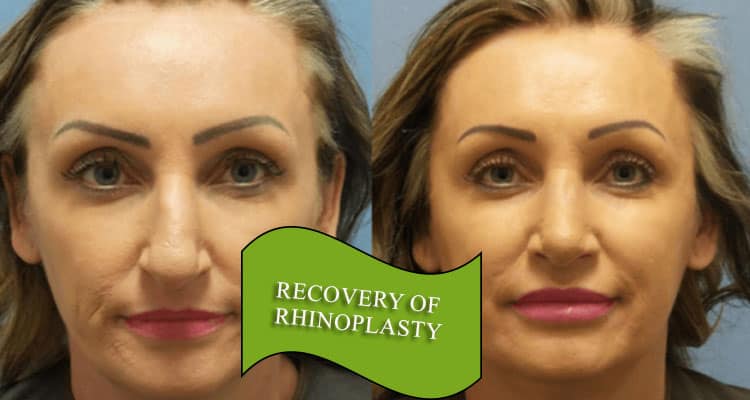
Before and after photos of rhinoplasty in Iran
Once you’ve narrowed your options to a few surgeons, examine their photo gallery, paying close attention to pre- and post-rhinoplasty images from patients with similar facial features to yours.
Consider whether you are satisfied with their results. Do you desire something different? Jot down notes and save cases that appeal to you the most.
These before-and-after surgery pictures offer a more realistic glimpse of what you can expect compared to relying solely on 3-D imaging and discussions with the doctor. Additionally, they contribute to shaping your perception of the surgeon’s expertise.
When you personally meet an experienced surgeon, they should be able to present you with several samples of noses featuring similar characteristics to yours, showcasing a range of outcomes based on your specific desires.
You may also seek additional examples beyond your doctor’s website.
Search for examples of noses that you find appealing on yourself in before-and-after galleries, celebrity faces, and other sources. Bring these “desired photos” with you to your consultation session.
“””

3D imaging for rhinoplasty in Iran
Many Iranian rhinoplasty surgeons highlight the use of 3D imaging to help patients visualize the outcome. However, it’s crucial for patients to be aware of significant limitations.
There are numerous patients in Iran seeking revision rhinoplasty who present an image provided by their original surgeon, but reproduction is often unsuccessful. This concept can create false expectations and doesn’t necessarily reflect the surgeon’s proficiency.
The prevailing notion assumes that the nose is like malleable clay, open to being shaped in any desired manner. However, the nose comprises five primary cartilages and a bony structure, covered by variable-thickness skin. The skin can only be minimally altered by slight thinning, while the framework requires sufficient strength, imposing constraints on what can be achieved.
The guiding philosophy is to alter the cartilage and bony framework solely to address aesthetic concerns while maintaining structural integrity. This approach results in a natural outcome that cannot be entirely predicted by an imaging system. While imaging has its uses, reviewing pre- and post-operative photos of patients with similar noses provides a more realistic understanding of what can be reliably accomplished.
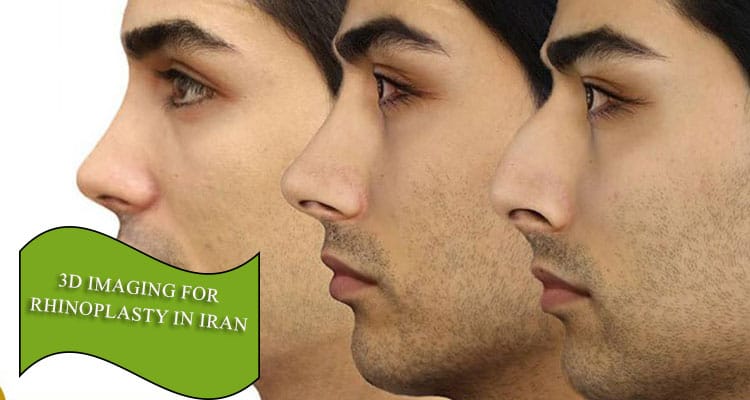
Revision is frequently performed with rhinoplasty in Iran.
Of all plastic surgery in Iran, nose job in Iran and breast augmentation have the highest rate of revision. With breast augmentation, this is because breast implants can rupture or cause side effects.
Women also may simply want to alter the appearance of their breasts as their bodies and preferences change over time.
With nose surgery, the revision rate is high because of the complicated nature of the nose and its ability to improve, even when performed by the most qualified and experienced surgeon.
As a precaution, patients should predict the need for a secondary rhinoplasty in Iran procedure to fine-tune any potential imperfections.
If you are thinking of a nose job in Iran, these points should not prevent you from scheduling a consultation. Every patient is unique, and many of the factors of surgery are foreseeable and controllable. The best way to guarantee the best possible results is to select a surgeon with experience and expertise in nose surgery.
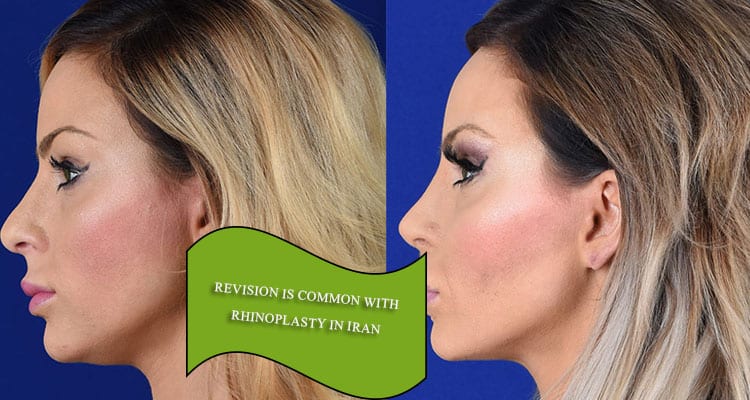
is it safe to get a nose job in Iran?
Here are a few tips on assessing if it’s safe to get rhinoplasty in Iran:
- Look for a board–certified plastic surgeon. Verify credentials and training to ensure they are highly qualified. Many Iranian surgeons are but always check.
- Choose a reputable hospital or clinic. Look for recommendations and reviews from past international patients on their experience and quality of care. Stick to modern, accredited facilities.
- Ask about safety standards and regulations. Inquire about things like sterilization procedures and whether they follow strict government safety codes. Reputable places will be transparent.
- Consider the language barrier. Will your surgeon and staff speak fluent English? Miscommunication could lead to mistakes. Seek out places catering to international patients.
- Be mindful of cost vs quality. Some clinics have very low prices but cut corners on things like anesthesia safety. Be wary of prices that seem too good to be true.
- Look into aftercare protocols. Make sure you will have access to quality follow-up care once you return home. This is key for proper healing.
- Check on risks like infections. Iran historically had higher surgical infection rates than Western nations. Ensure your clinic tests for things like HIV and hepatitis.
- Consider travel logistics. Is it easy and safe to travel to and around Iran as a foreigner? Visa rules? Airport procedures? Transport? Hotels? Look into all of this.
Overall, there are skilled surgeons and safe hospitals in Iran. But you must do diligent research to identify them. The lowest price should not be the main factor. Prioritize quality, safety, and expertise above all else.
IranHealth agency
What is the best nose surgeon in Iran? Iran health agency’s answer to this question!
Here is some information about how the IranHealth agency can help facilitate safe and effective rhinoplasty procedures for international patients in Iran:
- IranHealth is an experienced medical tourism agency that specializes in connecting patients from around the world with top plastic surgeons in Iran. Their goal is to streamline the entire process of getting rhinoplasty or other cosmetic procedures in Iran.
- With IranHealth, you are assigned a patient coordinator who will help you every step of the way. They will assess your goals, medical history, and preferences, then match you with a surgeon who is an ideal fit. They only work with surgeons who are board-certified, highly trained, and fluent in English.
- The agency handles all the logistics for you as well. They make hospital and clinic appointments, arrange translator services if needed, book comfortable accommodations, provide airport transfers, and assist with any question or concern before, during, and after your procedure.
- IranHealth also emphasizes aftercare planning once clients return home. They provide detailed post-op instructions, and follow-up appointments via telehealth with your surgeon, and connect you to local doctors for ongoing care.
- The agency only partners with modern hospitals and clinics with strict safety and sterilization procedures. They can advise you on a facility’s reputation, infection rates, regulatory compliance, and more.
Overall, using IranHealth’s services can give you great peace of mind for navigating rhinoplasty or other plastic surgery procedures in Iran. With their expertise and guidance, you can focus solely on your goals and recovery. They aim to ensure international patients have an outstanding experience and outcome.
FAQ
Here are answers to some frequently asked questions about the difficult parts of rhinoplasty and dietary restrictions before and after the surgery:
What is the most difficult part of rhinoplasty?
What food to avoid 2 weeks before surgery?
What not to eat before a nose job?
What not to eat during rhinoplasty recovery?
Can I brush my teeth before rhinoplasty?
Yes, you should brush your teeth before rhinoplasty surgery. Here are some tips for caring for your teeth before your nose job:
- Brush and floss your teeth thoroughly on the morning of surgery. This helps reduce bacteria in your mouth before anesthesia.
- Use a soft or extra-soft bristle toothbrush to be gentle on your gums. Avoid electric toothbrushes.
- Do not use advanced gum cleaning tools like water flossers or irrigators right before surgery. These can cause bleeding.
- If you use mouthwash, avoid alcohol-based formulas which can dry out your tissues. Go for an alcohol-free antibacterial rinse.
- If you wear dentures or removable braces, your surgeon will have you remove them prior to the anesthetic.
- Let your dentist know about the upcoming procedure if you have any dental implants, crowns, or loose teeth that may require antibiotic coverage.
- Follow any other tooth care instructions provided by your surgeon, such as stopping brushing 8 hours before your procedure.
Proper oral hygiene before rhinoplasty will reduce infection risk and help your mouth recover smoothly post-surgery. Let your care team know of any dental issues or concerns you have.
iran health agency is the best medical tourism in iran center where you can visit us for medical and beauty services.
